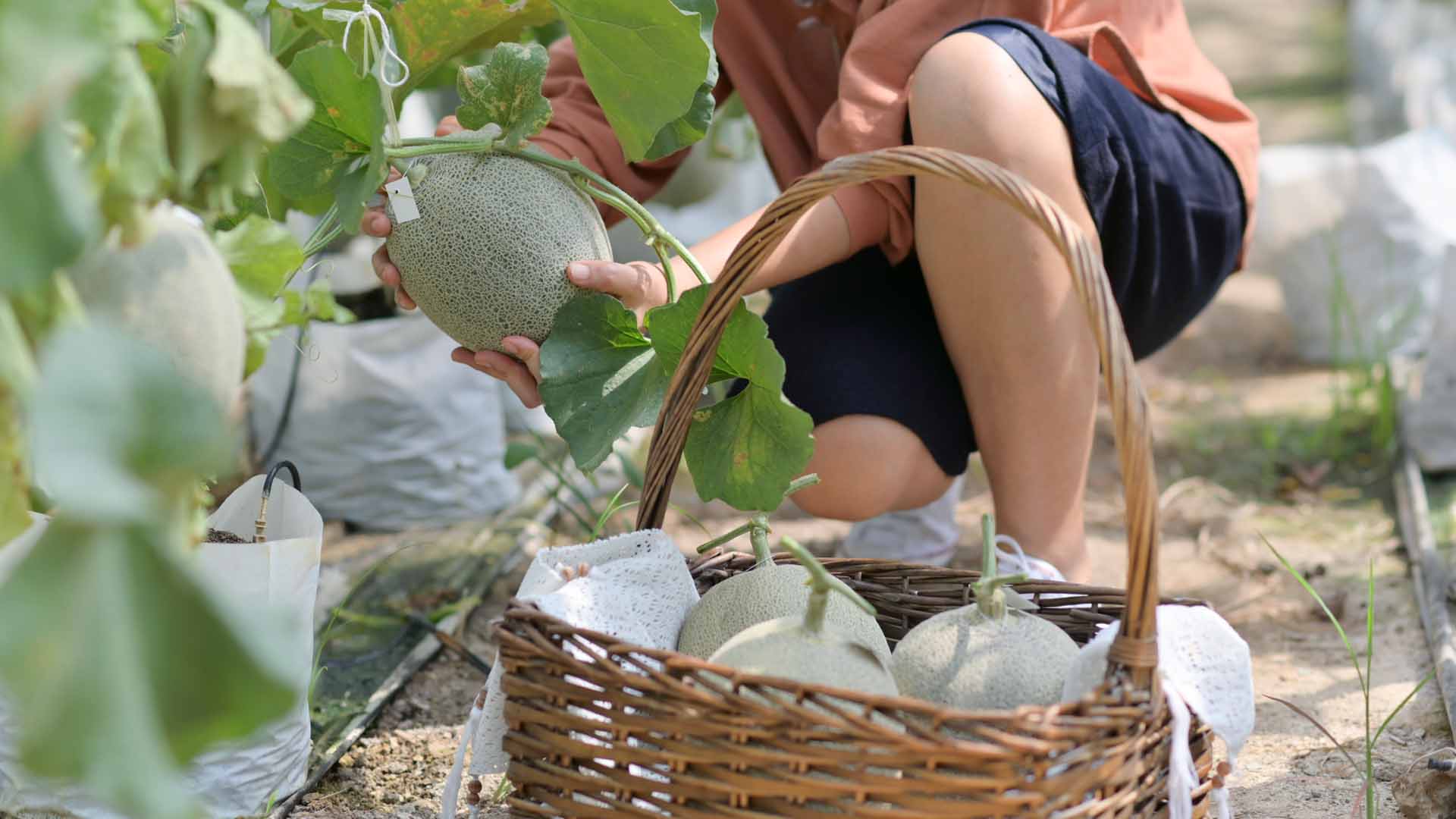The Department of Science and Technology in Calabarzon (DOST 4-A) is supporting smart agriculture in order to boost production of high-end melon varieties, an official said Friday.
Through the Small Enterprise Technology Upgrading Program (SETUP), the DOST recently funded the fully automated greenhouse of Bukid Amara in Lucban town, Quezon province for PHP3 million. The program helps improve the micro, small and medium enterprises’ productivity, and competitiveness by providing them a loan payable in three years.
“One project will not really strengthen agriculture in the entire region, but this project is a good sample of how S&T (science and technology) interventions can strengthen agriculture because it will solve seasonal impact via controlled environment,” DOST 4-A Director Emelita Bagsit told the Philippine News Agency.
Bagsit said the farm’s owner, Michael Caballes, has been conducting seminars and training on smart agriculture which could inspire other farmers in Calabarzon to replicate such technology.
Currently, Bukid Amara is productively growing melon such as the Japanese, Yellow Canary, Persian, Piel de Sapo (Spanish), Israeli, and Galia varieties.
“When it comes to technical growing, they were able to grow compatible varieties in one system, which means mixed varieties are grown in one greenhouse. Growing methods and maturity are the same. They only differ in the aroma and taste. (Bukid Amara’s) automated greenhouse system will be dedicated mostly for Japanese melon while existing rain shelters and greenhouse systems will be dedicated for other melon varieties,” said Bagsit.
Bukid Amara’s automated greenhouse was launched last Jan. 30. According to Caballes, they are using a drip irrigation system and have formulated nutrient solution for musk melon that is applied through drip irrigation.
This works by delivering nutrient solution slowly and directly to the plant root. The irrigation and nutrient feeding program that the farm employs are plant driven, wherein the quantity of irrigation, the nutrient concentration, and the proportion of fertigation are adjusted depending on the crop growth stage, the season, and the evapotranspiration rate of the crop, he said.
“The automated greenhouse system could provide automatic dosing of nutrient solution and automatic climate sensing for the detection of temperature and lighting, ensuring appropriate and timely irrigation and fertigation management, thereby maintaining a consistent growing environment for the optimum crop growth and quality,” Caballes added.
The DOST reported that the automated system could increase Bukid Amara’s production capacity. Caballes said the expected increase in capacity, efficient irrigation, and fertigation management, enable Bukid Amara to invest in producing other high-value melon varieties.
Caballes also cited that since the greenhouse system adopts a recirculating system for its nutrient solution delivery to the crops, approximately 15 to 20 percent of nutrient solution run-off will be saved. This will be returned to the reservoir to be fed to the crops again.
Further, the intervention helps him cut the production and labor costs. “The system could perform some repetitive tasks done by the staff. This will result in saving labor and material costs of approximately 20 percent as the workers can now perform other tasks on a regular operation,” he said.
Meanwhile, Bagsit said the DOST, together with its attached agencies, will continue supporting efforts on smart agriculture as this is among the keys towards food industry competitiveness, food sustainability and food security. (PNA)








